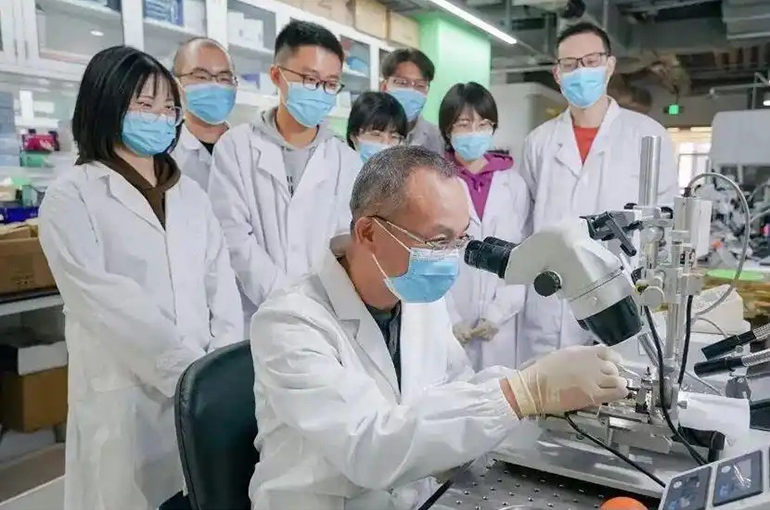Select Language:
A team of Chinese scientists has discovered that both ketamine and electroconvulsive therapy (ECT), two widely used treatments for depression, operate through the same neurobiological pathway.
Led by Luo Minmin, director of the Chinese Institute for Brain Research in Beijing, the research team conducted experiments with mice and found that both ketamine and ECT trigger a rapid increase in adenosine levels in the brain regions responsible for emotion regulation. This finding uncovers a key mechanism underlying their antidepressant effects, according to a recent publication in a reputable scientific journal.
The study notes, “Our findings confirm adenosine as a crucial mediator for fast-acting antidepressants and highlight it as a promising target for developing scalable, noninvasive therapies for major depressive disorder.” Building on this discovery, scientists created new derivatives of ketamine that enhance adenosine levels, maintaining their efficacy while reducing the psychosis-like side effects typically associated with ketamine.
Additionally, the researchers demonstrated that brief periods of low oxygen exposure—known as intermittent hypoxia—can mimic antidepressant effects by activating adenosine signaling. This integrated, adenosine-centered model paves the way for new mechanism-based antidepressant therapies.
Adenosine is a compound naturally present in human cells, involved in vital functions such as energy production, cell signaling, and regulation of the cardiovascular system.
Depression remains one of the most common mental health disorders. According to a 2021 study published in The Lancet Psychiatry, the lifetime prevalence of depressive disorders among adults in China is 6.8 percent, with current depression affecting 3.4 percent of the population.
Approximately one-third of depression patients suffer from treatment-resistant depression. For these individuals, ketamine and ECT are the primary rapid intervention options. However, ketamine carries a risk of addiction, and ECT can lead to significant side effects like memory loss and cognitive decline.
Finding more targeted and effective treatments with fewer adverse effects is crucial. The research team has successfully designed and synthesized a new ketamine derivative that offers superior antidepressant effects at lower doses and with fewer side effects. This promising compound shows potential for clinical application.
There has also been progress in developing non-drug therapies. The team found that intermittent hypoxia can effectively activate adenosine pathways in the brain, producing strong antidepressant effects.
Collaborating with Beijing Anding Hospital at Capital Medical University, the researchers are moving forward with clinical trials of the hypoxia-based therapy, and they plan to conduct drug screening and develop new physical treatments based on adenosine signaling pathways.







